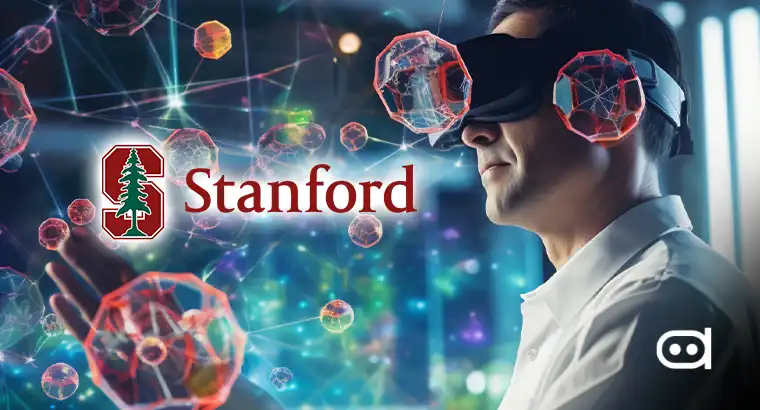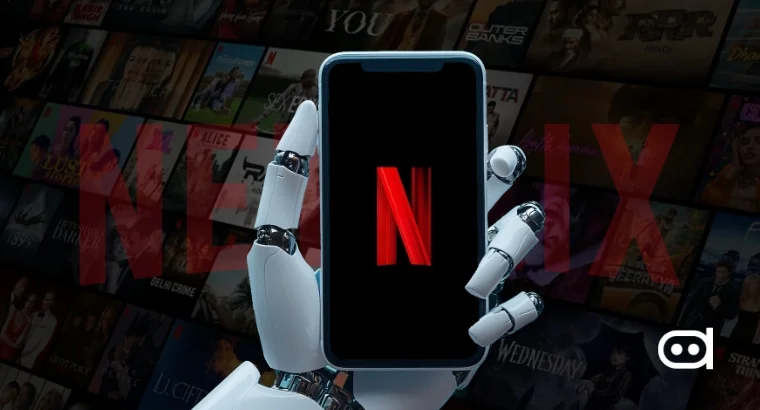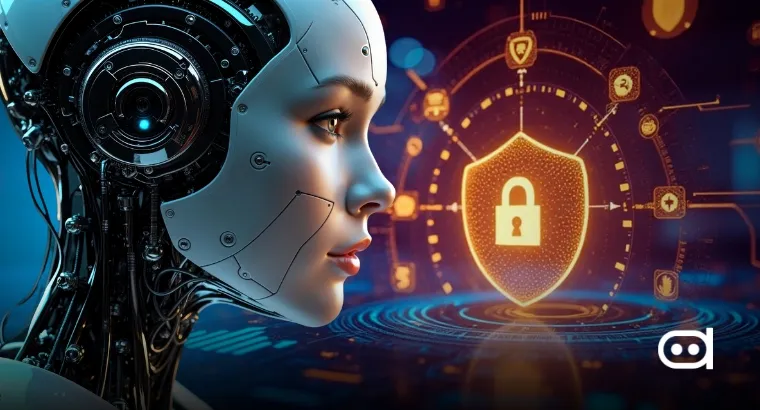
In a pioneering attempt to fast forward scientific advancement, a group of scientists from Stanford University have developed an AI-powered virtual lab. As reported in a preprint on bioRxiv, this new and revolutionary system involves multiple AI ‘scientists’ to achieve goals that are designed and set by actual scientists. The use of the virtual lab has been effective in creating nearly 100 nanobodies which are fragment antibodies that can target the virus causing COVID-19. This great work was achieved in considerably less time than what a typical research department would take to undertake.
James Zou, a computational biologist, and one of the authors to the study, said that this changes the face of AI from tools to partners. The system presented the contributions of AI agents in interdisciplinary practice and therefore differ from the usual restricted scope of engagements. When integrated with prior knowledge from multiple disciplines, the virtual lab provides a context in which the AI can independently construct hypotheses, design experiments, and sometimes write articles under supervision.
Mr. Yanjun Gao, an expert in Healthcare AI from the University of Colorado, applauded such measures but highlighted how human oversight remains crucial. Gao notes that it is not suitable to depend on AI alone when it comes to decision making hence plays down on the AI involvement but emphasize on the human interference and keen evaluation.
The virtual laboratory leverages general language models (LLMs) which have been trained for a particular scientific purpose. At first, there were two main AI agents created: a lead researcher familiar with AI-related researches, and a “scientific critic,” who can notice gaps and errors. These agents worked to recruit and train three additional AI scientists focused on immunology, computational biology, and machine learning.
Each AI agent functions autonomously, predetermined tasks include programming, computation of parameters, and employing advanced tools such as AlphaFold and Rosetta designs for proteins. With the help of human researchers, such agents get together in daily team conferences, so they can exchange the information of their activities, discuss their experiences in seeking the most efficient strategies, and consult with their superiors. However, it should be noted that these simulated discussions last for 5-10 minutes only, which is relatively less than the amount of time these human research teams spend on lengthy discussions.
Among the challenges solved by the virtual laboratory, a separate and significant issue was the development of nanobodies against SARS-CoV-2. In order to reach this goal, the team of AI agents has submitted 92 structures, while more than 90 percent of them are proven to effectively interact with the initial viral strain during the testing process. Furthermore, two of these nanobodies demonstrated efficacy in counteracting news variants, underscoring the adaptability of the system and its flexibility.
As noted by Zou, this platform is highly extensible and can be used for different scientific problems. Based on the proposed models and scenarios, the virtual lab agents are capable of delivering solutions to a multitude of issues. It is worth to emphasize that hypothesis testing with human input and in real life contexts is still required in order to verify the hypothesis AI generates.
The success story of this virtual lab reinforced with AI technology presents the possibility of transforming scientific discovery within different fields. By leveraging the highly efficient processing of LLMs, scientists are now in a position to solve complex problems more effectively than before. However, this research also attaches importance to the study of decision-making processes inside AI to understand their output and correct the possible errors that may occur between agents.
The future success of human-AI partnership highly depends on safety and evaluation, as viewed by Gao. From this perspective, it becomes incumbent for us to understand why these models are inclined to make mistakes or have discrepancy in approaches so that their performance can be enhanced.
The inception of the use of virtual lab in Stanford means that a new paradigm shift or era has begun with the use of artificial intelligence to drive scientific advancements. While its goal is not to supplant human scientists, it becomes a valuable tool that works hand in hand with a human scientist’s capability. Artificial intelligence along with human intelligence does look like a perpetual source for science to move ahead than ever appeared possible.
Latest Stories:
RBI Establishes FREE-AI Committee for Responsible AI in Finance
AI Empowering Women and Transforming Lives in Southeast Asia
CES 2025: Samsung’s C-Lab Innovations in AI, IoT, and Robotics





